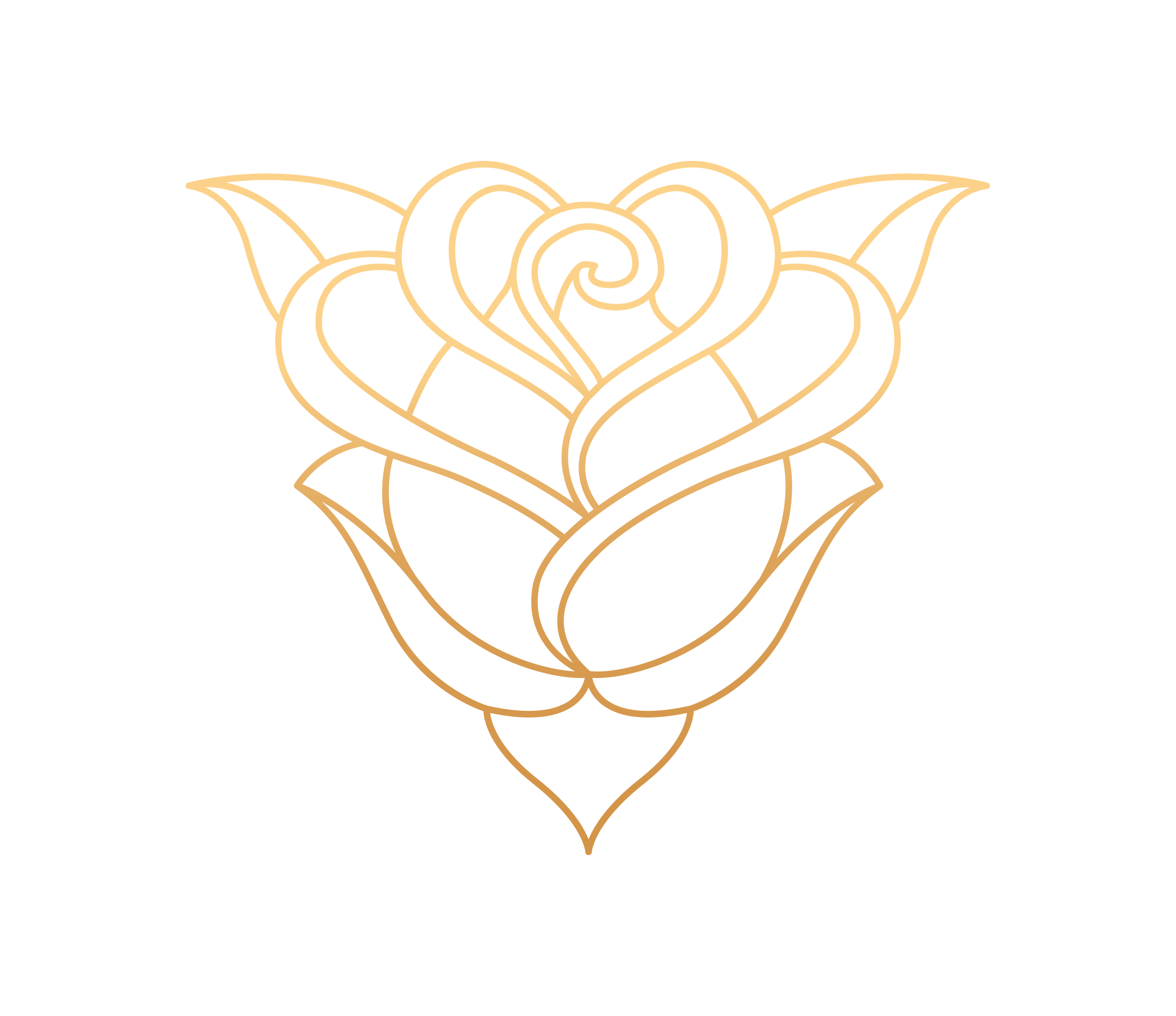Pancha Vayu: Five Movements of Prana
Yoga is a path toward self-realization, direct intimacy with Source energy, and when practiced can be experienced as total participation with life itself. Yoga can be felt on many levels, mental, physical, and spiritual. For that reason we have many different styles, teachings, practices, and approaches to the vast wisdom of Yoga.
As a yogini we want to affect our entire being in a positive way so that we may live fulfilled lives. Yoga shows us a way. As a practitioner we have practices that affect the body such as physical postures, asana. There are practices that affect our mind such as the single-pointed focus of dhāraṇā and withdrawal of the senses, pratyahara. As well, we have practices that affect our energetic body called pranayama.
These practices relay on breath as the base. It is with the breath that prana, life force, can be experienced rather easily and quickly. If you can breathe then you can do these practices. Prana moves in all directions and these directions have been identified by the science of ayurveda and philosophy of yoga as vayu. Vayu is translated as wind or air. The element of air relates to direction. The way we talk about wind or air is in its directional movement and how it moves everything else.
Within the body there are many vayu that govern specific movements such as koorma, which opens the eyes and devadatta, which governs yawning. These movements are involuntary and these vayu are considered minor in relation to the Pancha Vayu, the five major flows of prana. The Pancha Vayu have tremendous affect on the mental, physical, and energetic aspects of our lives and when balanced create harmony, health, and santosha, contentment. While the pancha vayu are of great importance to a yoga practitioner and are the base of asana, pranayama and mediation many yogin have never experienced them consciously or even heard the term before. In response I have developed a workshop to bring this information to yogin and provide an opportunity for embodiment of the vayu as a way to deepen ones yoga experience and awareness of the prana that moves through each of us always.
The pancha vayu are not separate manifestations of Prana but different functions of the same one Prana. They are known respectively as prana, apana, viyana, samana and udana. In the ancient text they are described as dieties whom see over and control life (and the vital breath), the wind, touch/sensation, digestion, and excretion. When any of the vayu are out of whack any number of ills can form from indigestion to depression and effect decision making, vitality, and relationships.
Prana vayu, literally “forward moving air”, moves inwards and regulates all the ways in which we take in energy. Apana vayu, literally, “air that moves away”, moves downwards and outwards, and is responsible for the elimination as well as inability to let go and move on. Samana vayu, literally “balancing air”, is situated between the navel and ribcage, and acts as the stabilizer and transformer. Vyana vayu, literally “outward moving air”, moves prana shakti from the center to the periphery. Udana vayu is a manifestation of prana, which pervades the head and throat. It literally means “upward moving air”.
To learn more about the Pancha Vayu and apply principle in action join me this Sunday November 2nd Yoga Sead. Information about the event can be found here.

